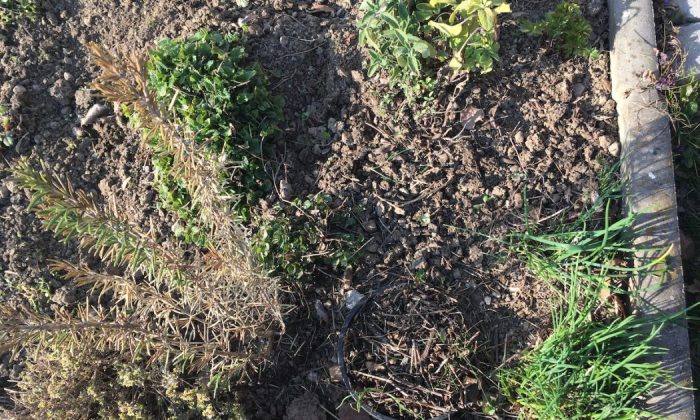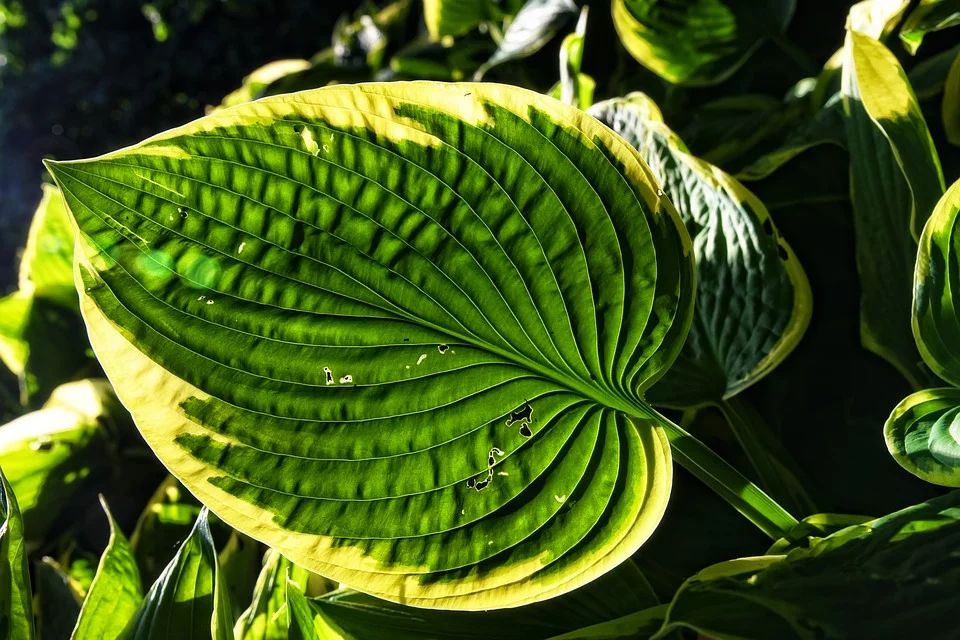How to remove dead plants from flower beds gently and what to do with it

A gardener never sleeps. Well, that may not be a true sayings, but the truth is that gardeners have always something to do, even when the nature is in a deep sleep. A good example is a perennial flower bed, for example. There is always something to do.
It may look like nothing is going on beneath the surface but the reality is different. If you wait and keep postponing maintenance until “something” starts to happen, you may miss the best time for effective prevention.
Where to store dead plant material
You have probably cut off all the dry parts from flower beds where you grow perennials. But what should you do with it? Sure, you collect the large pieces by hand and put them in your composter, or you can break or crush them into smaller pieces and use it as mulch.
Photo: Pixabay
Mulch is great for flower beds. It keeps moisture in the soil and protects it from being dried out by spring frosts or winds. It partially protects plants too. If you want to remove as much plant material as possible from flower beds, you will have to do some digging and manual collection too.
Too much cleaning is not so good for flower beds though
Take a rake with wide, soft and flexible plastic tines. Use flexible tines otherwise you can damage root system of plants or even sprouting leaves. So, do not over do it. It is not necessary to rake or dig too much.
Our tip: if you also grow spring bulbs, make sure to do all raking and cleaning before they start to grow and bloom.
Old plants do not bother newly sprouting greens. They are more of an visual problem. Beds with perennials will soon be covered with new plant life so, you may do surface cleaning only and not waste precious energy on cleaning.
Preview photo: Radek Štěpán

Gardening is my hobby, I have a lot of experience and I am happy to share it.









0 comments